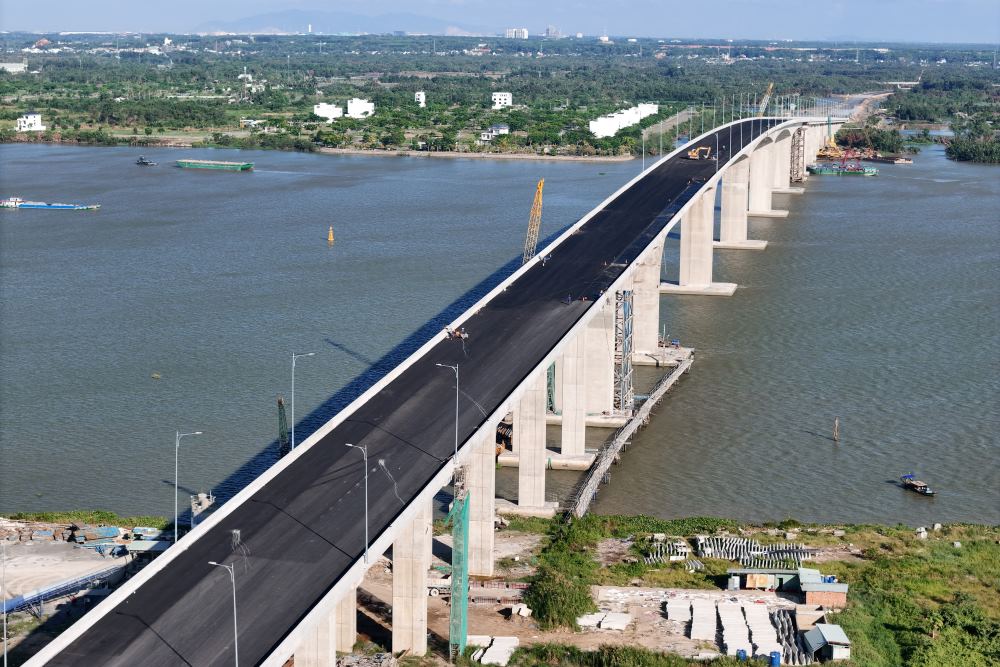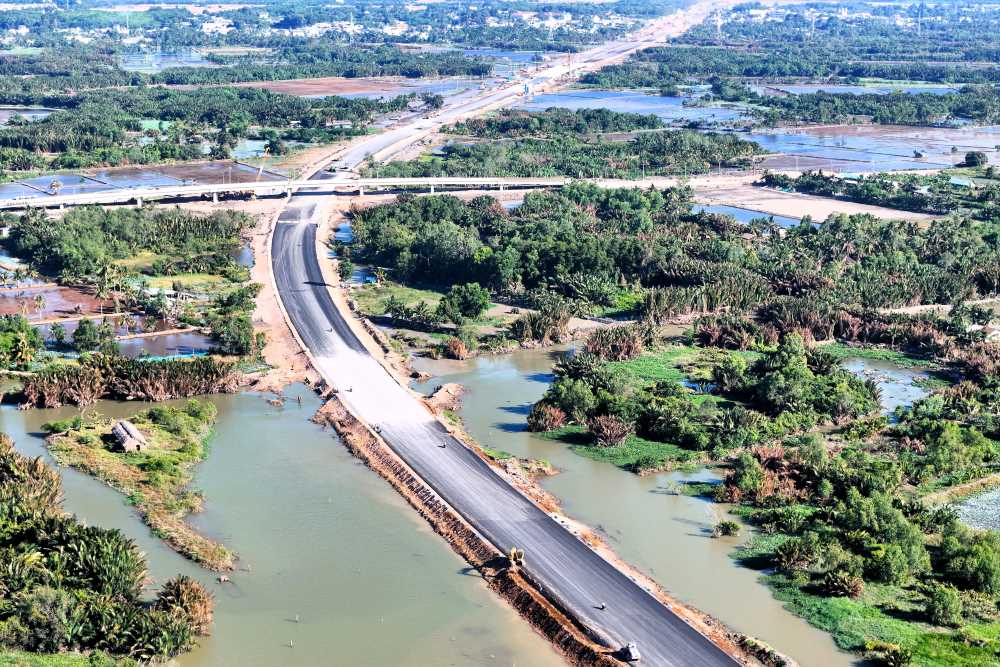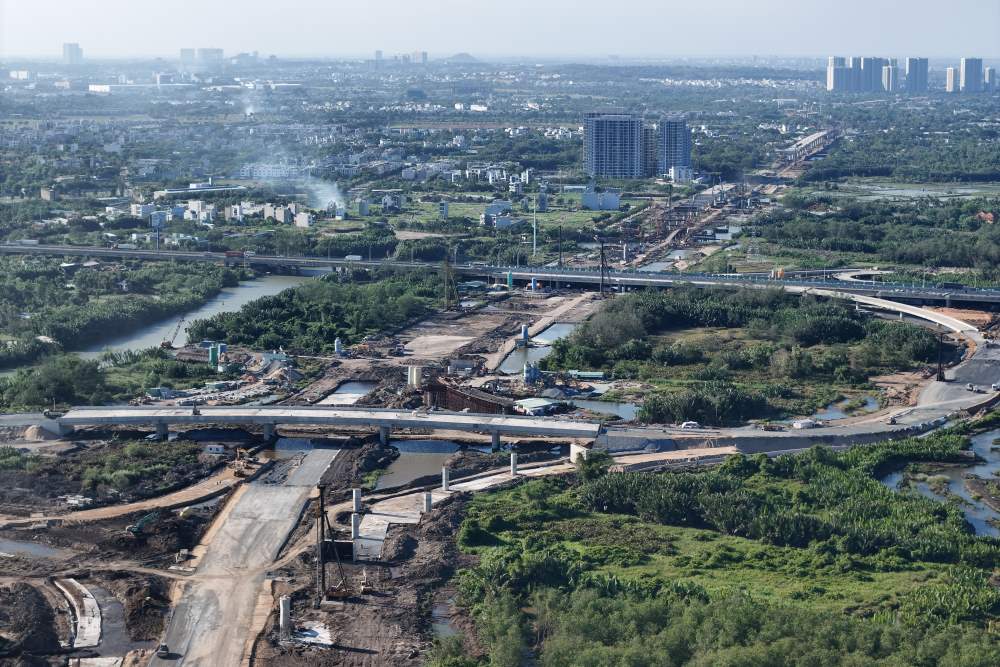On June 21, the My Thuan Project Management Board said it had submitted to the Ministry of Construction a traffic organization plan for the Tan Van - Nhon Trach section (component project 1A) of Ho Chi Minh City Ring Road 3. This is one of the earliest sections to be started, connecting Thu Duc City (HCMC) with Nhon Trach District (Dong Nai), over 8km long, with a road surface of nearly 20m wide and 4 lanes.
As of mid-June 2025, this section has completed about6% of the volume and is expected to open to traffic in June. However, because the remaining sections of Ring Road 3 have not been completed, especially overpasses and service roads in Ho Chi Minh City and Dong Nai, the route will not be able to be exploited immediately according to expressway standards. Instead, the Project Management Board proposed dividing it into 2 phases for flexible use, avoiding wasting completed infrastructure.

In phase 1, it is expected that from August 2025 to the end of 2026, the road will be temporarily put into operation as an urban road. Vehicles allowed to circulate include cars and 2-3 wheel motorbikes. Dong Nai will allow vehicles to travel from DT.25B road to in front of Nhon Trach bridge, with one lane for cars and one mixed lane. However, motorbikes are only allowed to run to Ly Tu Trong Street and are not allowed to cross Nhon Trach Bridge.
On the Ho Chi Minh City side, cars will move from Nhon Trach Bridge and turn into branches A, D, E to enter the Ho Chi Minh City - Long Thanh - Dau Giay Expressway. During this period, container trucks and trailer vehicles are not allowed to circulate due to unsafe turning conditions. At the intersections with existing roads such as DT.25B, DT.769 and Ly Tu Trong, there will be temporary roads connecting to the main route and signs and traffic lights to ensure safety when traveling.

Entering phase 2, after December 2026, when the remaining sections of Ring Road 3 are completed synchronously, the Tan Van - Nhon Trach section will be put into operation in accordance with expressway standards. The entire main road will be for cars to travel at a maximum design speed of 100km/h, including 4 lanes for motor vehicles. Vehicles such as motorbikes, three-wheeled vehicles, etc. will be separated and travel on parallel service routes on both sides. Nhon Trach Bridge will be used for mixed traffic, with 2 lanes for cars and 2 lanes for mixed vehicles, with a median strip in the middle to separate traffic flows, ensuring safety during operation.

Regarding the traffic safety system, My Thuan Project Management Board said that all signs, road markings, and traffic lights have been designed in accordance with national standards. In the first phase, only signs suitable for urban routes will be attached. When switching to exploitation according to highway standards, inappropriate signs will be dismantled and replaced to synchronize with the entire route.
The My Thuan Project Management Board also proposed that the Ministry of Construction soon have a consensus on the traffic organization plan, and at the same time appoint a unit to receive and operate the route after completion.
The division of the exploitation phase is considered a flexible solution, both helping people have a new route to travel earlier, ensuring effective exploitation of the completed infrastructure, and being ready for expressway connection when the entire route is put into operation.









